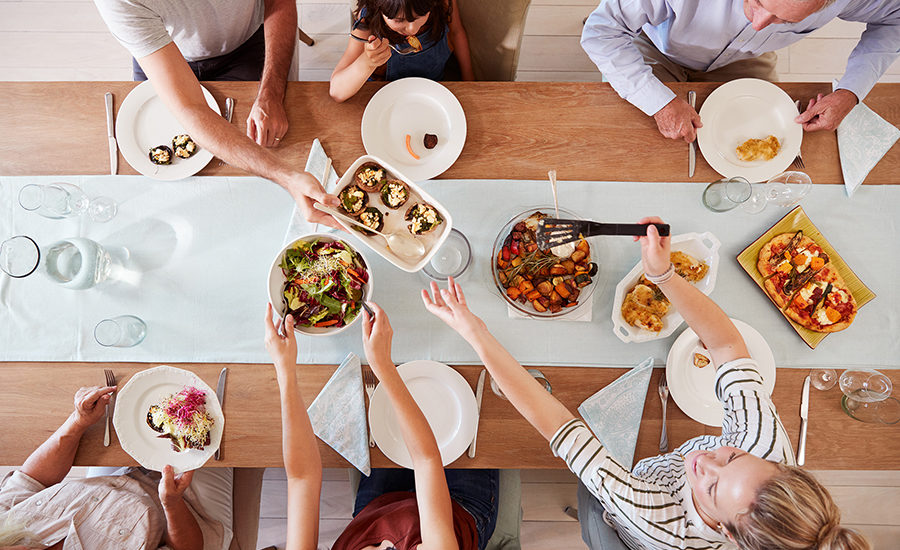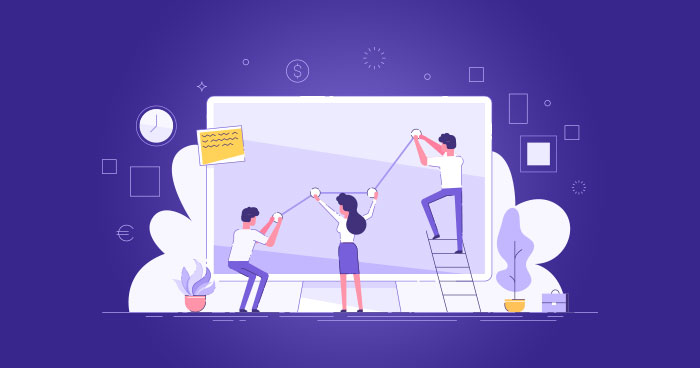
The food and beverage industry is a highly competitive space, where businesses need to constantly find new ways to attract and retain customers. That’s where growth hacking comes in – a set of unconventional marketing techniques that can help your business grow at an exponential rate. In this article, we’ll explore the top 15 growth hacking strategies for food and beverage businesses that you can implement to boost your growth and drive profits.
Understanding Growth Hacking in the Food and Beverage Industry
Growth hacking is a mindset that focuses on rapid experimentation and iterative improvements to achieve growth. This approach is particularly relevant for the food and beverage industry, where customer preferences and trends shift constantly, making it essential to stay agile and adaptable. With growth hacking, you can test and refine your marketing strategies in real-time and optimize them for maximum impact and ROI.
What is Growth Hacking?
Growth hacking is a data-driven marketing strategy that relies on measurable and scalable tactics to achieve rapid growth. Rather than relying on traditional marketing methods like print advertising or TV commercials, growth hacking focuses on low-cost, high-impact strategies, such as social media marketing, SEO, and influencer collaborations. By using these tactics, businesses can reach a wider audience and increase their brand awareness.
One of the key advantages of growth hacking is that it allows businesses to test different marketing strategies quickly and inexpensively. By using A/B testing and other analytical tools, businesses can identify which strategies are most effective and optimize them for maximum impact.
Why is Growth Hacking Important for Food and Beverage Businesses?
Food and beverage businesses operate in a highly competitive and saturated market, where success depends on standing out from the crowd. Growth hacking offers a way to do this by identifying and exploiting new marketing opportunities, improving customer engagement, and driving revenue growth. By adopting a growth-hacking mindset, food and beverage businesses can achieve rapid growth, improve customer loyalty, and stay ahead of the competition.
One of the most effective growth hacking strategies for food and beverage businesses is to leverage social media platforms like Instagram and Facebook. By creating visually appealing content and collaborating with influencers, businesses can reach a wider audience and generate buzz around their products. Additionally, businesses can use SEO tactics to improve their search engine rankings and drive more traffic to their websites.
Another growth hacking strategy that has proven successful for food and beverage businesses is to offer promotions and discounts to customers. By offering exclusive deals and discounts, businesses can incentivize customers to try their products and increase customer loyalty. Additionally, businesses can use email marketing campaigns to stay in touch with customers and keep them informed about new products and promotions.
In conclusion, growth hacking is an essential strategy for food and beverage businesses looking to achieve rapid growth and stay ahead of the competition. By adopting a growth-hacking mindset and leveraging low-cost, high-impact tactics, businesses can improve customer engagement, drive revenue growth, and achieve long-term success.
Building a Strong Online Presence
In today’s digital age, having a strong online presence is essential for any food and beverage business. By establishing a robust online presence through your website, social media platforms, and other digital channels, you can reach a wider audience, increase brand awareness, and drive customer engagement.
However, building a strong online presence requires more than just having a website and social media accounts. It requires a strategic approach to digital marketing and a deep understanding of your target audience.
Optimizing Your Website for Conversions
Your website is your digital storefront, and it’s essential to optimize it for conversions. This means making it easy for customers to find what they’re looking for, placing clear calls to action, and implementing effective lead generation strategies.
One way to optimize your website for conversions is to ensure it is mobile-responsive. With more and more people accessing the internet through their mobile devices, having a mobile-responsive website is crucial for providing a seamless user experience.
You can also use tools like A/B testing and heat maps to identify areas for improvement and optimize your website for maximum conversions. By analyzing user behavior and testing different variations of your website, you can make data-driven decisions that improve the user experience and drive more conversions.

Leveraging Social Media Platforms
Social media platforms like Facebook, Instagram, and Twitter are powerful marketing tools for food and beverage businesses. These platforms offer a unique opportunity to connect with your audience, build brand awareness, and drive customer engagement.
One way to leverage social media platforms is to create engaging content that resonates with your target audience. This could include sharing behind-the-scenes glimpses of your business, showcasing your products in action, and highlighting customer success stories.
You can also use social media to run targeted advertising campaigns. By using the targeting options available on social media platforms, you can reach your ideal customer and drive more traffic to your website.
Utilizing Influencer Marketing
Influencer marketing has become a popular strategy for food and beverage businesses looking to tap into the power of social media. By partnering with influencers, you can reach a wider audience and build brand awareness among their followers.
When choosing influencers to partner with, it’s important to choose those who align with your brand values and have an engaged following. You should also ensure that the content they create for your brand is authentic and resonates with their audience.
Overall, building a strong online presence requires a strategic approach to digital marketing and a deep understanding of your target audience. By optimizing your website for conversions, leveraging social media platforms, and utilizing influencer marketing, you can establish a powerful online presence that drives customer engagement and increases brand awareness.
Creating a Unique Brand Identity
In the highly competitive food and beverage industry, it’s essential to stand out from the crowd. To do this, you need to establish a unique brand identity that resonates with your target audience and sets you apart from the competition.
Crafting a Compelling Brand Story
A compelling brand story can help you connect with your audience on an emotional level and build a loyal fan base. Your brand story should convey your values, mission, and unique selling proposition in a way that resonates with your target audience. Use storytelling techniques to make your brand story compelling and memorable.
Designing Eye-Catching Packaging
Your packaging is often the first point of contact that customers have with your brand, so it’s essential to make it eye-catching and memorable. Use vibrant colors, creative design elements, and innovative packaging shapes to capture customer attention and make a lasting impression.
Developing a Consistent Brand Voice
Your brand voice should be authentic, consistent, and aligned with your brand values. This means using the same tone, style, and messaging across all marketing channels, from your website to your social media platforms. Consistency helps build trust and reinforces your brand identity in the minds of your audience.
Engaging with Your Target Audience

Engaging with your target audience is essential for building brand loyalty and driving customer engagement. By understanding your audience’s needs and preferences, you can create personalized experiences that resonate with them and keep them coming back for more.
Hosting Tasting Events and Pop-ups
Tasting events and pop-ups are an effective way to engage with your target audience, showcase your products, and build brand awareness. Consider partnering with other local businesses or food bloggers to reach a wider audience and maximize the impact of your events.
Collaborating with Local Businesses
Collaborating with other local businesses can help you tap into new markets and reach a broader audience. Consider partnering with local restaurants, cafes, or food trucks to offer cross-promotions or co-branded products.
Offering Personalized Experiences
Personalization is key to building customer loyalty and driving engagement. By offering personalized experiences, such as personalized menus, customized products, or loyalty programs, you can create a sense of exclusivity and enhance the overall customer experience.
Conclusion
Implementing growth-hacking strategies can help food and beverage businesses achieve rapid growth, boost customer engagement, and stay ahead of the competition. By optimizing your online presence, creating a unique brand identity, and engaging with your target audience, you can create a sustainable and profitable business model that will help you grow and succeed over the long term.
